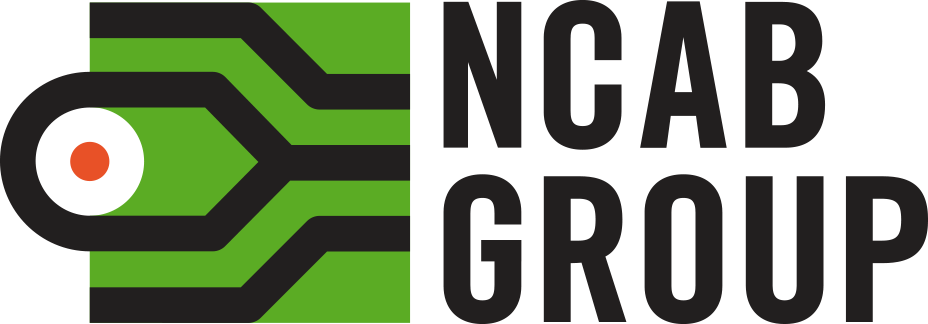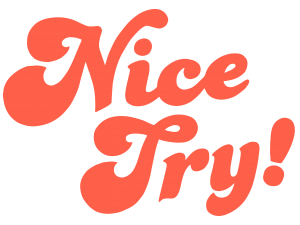HEED THE NEED: SALES BASICS
Open or Closed questions?
Total video time: 03:45
Manuscript
To HEED the NEED we of course need to have information from customers. So we need to ask the right questions that lead the customer to express their thoughts and give us information.
Being skilled in questioning is helpful in a needs analysis so let’s dig in to it.
A closed question typically gives a one-word answer – Yes or No – which doesn’t give us much information.
Open questions typically give much more information, and there is a potential for further discussions and questions,and information about customers situation which can lead us to more opportunities.
These are examples of closed questions.
– Did the quote meet your expectation?
– No
– Oh, that was not good, was it the lead time what was the problem?
– No
– OK, did I miss anything technically?
– Yes
– So was it wrong panel design?
– No
So, we can go on like this forever. This is of course a bit of overplaying, in reality they will give some info but as you can see, they will give you a precise answer, but not much information. So, it doesn’t really invite the customer to speak.
Open questions encourage the customer to talk about their needs, and they generate a lot of information much faster.
Open questions typically start with where, who, how, what, when and why.
– So what’s your situation on this quote?
– Well, it´s halted
– OK, how come?
– Our customer have EMC problems with the prototypes and need to redesign
– OK, we can actually be helpful as our techs can support in good stack up suggestions, who should they talk to?
– Aha, I do not know customers technical person but from our side it’s Mary Hopkins that lead the technical discussions with the customers.
As you see, open questions will lead to much more information and can drive the conversation forward in a good way.
A good thing to remember, is that closed questions make customers reply on what’s on your mind. Open questions make customers talk about what’s on their mind.
Closed questions are useful, especially for confirmation, to check if we understood correctly, or to get a commitment.
A good way to work with open and closed questions is to mix them; so open question, followed by a closed question, followed by an open question. Let’s have an example.
– What needs to happen for you to give me the order?
– I need you to shorten the lead time with four days
– So if I meet your lead time target, will you give me the order then?
– Yes!
– Perfect! When can you issue the order?
– Tomorrow at lunch
So by constructing a closed question you can actually get a very strong confirmation from the customer. “So, have we now agreed that if I meet your four days shorter lead time, you will actually give me the order?” The answer will be “Yes”.

 Nice try, but you did not get 100% correct answers. Please View Questions and then Restart Quiz before you can continue to the next step.
Nice try, but you did not get 100% correct answers. Please View Questions and then Restart Quiz before you can continue to the next step. Well done – you got 100% correct answers!
Well done – you got 100% correct answers!
